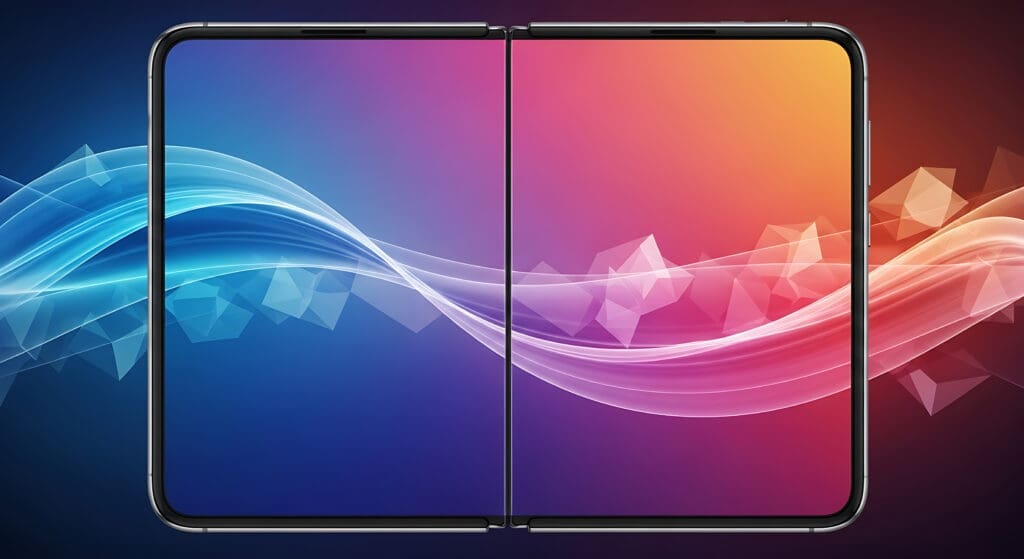What is the Battery Web API?
The Battery Web API is a browser-based API that provides information about the battery status of a device. It is part of the Web. API specification and is implemented in many modern browsers. This API gives developers access to information such as the level of battery charge, the time remaining until the battery is fully charged or depleted, and whether the device is charging.
Key Features and Benefits
Battery Charge Level
Developers can determine the current charge level as a percentage, allowing them to tailor the app's behavior based on how much battery life remains.
Charging Status
The API can indicate whether the device is charging, which can trigger different app behaviors when the device is connected to a power source.
Charging Time and Discharging Time
It provides estimates on how long it will take for the battery to fully charge or deplete, giving users and applications foresight into device usability.
Improved User Experience
By adapting to the battery status, applications can switch to a "low-power mode" that reduces energy consumption, which can be crucial for users who are far from a charging source.
Resource Management
Applications can manage resource-intensive operations more effectively by scheduling them when the device is charging or postponing them when the battery is low.
User Awareness
Providing users with information about their device's battery status can prompt them to take actions to conserve battery life or prepare for charging.
How to Use the Battery Web API
Using the Battery Web API is straightforward. The API is accessed through the navigator object in JavaScript. Here’s a simple example of how to use the API:
navigator.getBattery().then((battery) => {
// Define the function to update the charging info
const updateChargeInfo = () => {
// Log whether the battery is charging or not
console.log('Battery charging? ' + (battery.charging ? 'Yes' : 'No'));
};
// Add an event listener for when the charging status changes
battery.addEventListener('chargingchange', () => {
// Call the function to update the charging info
updateChargeInfo();
});
// Define the function to update the level info
const updateLevelInfo = () => {
// Log the current battery level
console.log('Battery level: ' + battery.level * 100 + '%');
};
// Add an event listener for when the battery level changes
battery.addEventListener('levelchange', () => {
// Call the function to update the level info
updateLevelInfo();
});
// Define the function to update the charging time info
const updateChargingTimeInfo = () => {
// Log the current charging time
console.log('Battery charging time: ' + battery.chargingTime + ' seconds');
};
// Add an event listener for when the charging time changes
battery.addEventListener('chargingtimechange', () => {
// Call the function to update the charging time info
updateChargingTimeInfo();
});
// Define the function to update the discharging time info
const updateDischargingTimeInfo = () => {
// Log the current discharging time
console.log(
'Battery discharging time: ' + battery.dischargingTime + ' seconds'
);
};
// Add an event listener for when the discharging time changes
battery.addEventListener('dischargingtimechange', () => {
// Call the function to update the discharging time info
updateDischargingTimeInfo();
});
const updateAllBatteryInfo = () => {
updateChargeInfo();
updateLevelInfo();
updateChargingTimeInfo();
updateDischargingTimeInfo();
};
// Call the function to update all battery information
updateAllBatteryInfo();
});
Considerations and Leading Practices
While the Battery Web API is powerful, there are some considerations that developers should keep in mind:
Privacy Concerns
Research has indicated that battery status information could potentially be used to track users. As a result, some browsers have made changes to the API to protect user privacy.
Browser Support
Not all browsers may support the Battery Web API, so it's important to include fallback mechanisms for browsers that do not support it.
Performance Overhead
Continuously monitoring the battery status can itself consume power. Developers should use this API judiciously to avoid unnecessary battery drain.
Conditional Loading
Load heavy resources such as high-resolution images or videos only when the battery level is sufficient.
Adaptive Features
Disable animations, polling, and background sync when the battery is low.
User Preference
Give users the option to override automatic adjustments made based on battery status.
The Battery Web API is a valuable tool for developers aiming to create responsive and responsible web applications. By leveraging this API, developers can enhance the user experience for those on battery-constrained devices, making web applications more adaptable and considerate of users’ needs. As with any powerful tool, it must be used wisely, with attention to user privacy and browser compatibility. With thoughtful implementation, the Battery Web API can help build a new generation of energy-aware web applications.



